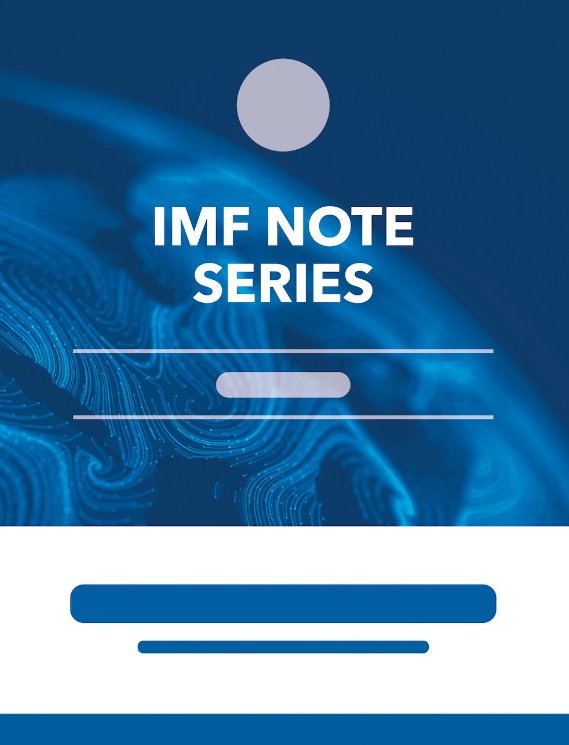What Explains the Rise in Food Price Volatility?
May 1, 2010
Disclaimer: This Working Paper should not be reported as representing the views of the IMF.The views expressed in this Working Paper are those of the author(s) and do not necessarily represent those of the IMF or IMF policy. Working Papers describe research in progress by the author(s) and are published to elicit comments and to further debate
Summary
The macroeconomic effects of large food price swings can be broad and far-reaching, including the balance of payments of importers and exporters, budgets, inflation, and poverty. For market participants and policymakers, managing low frequency volatility—i.e., the component of volatility that persists for longer than one harvest year—may be more challenging as uncertainty regarding its persistence is likely to be higher. This paper measures the low frequency volatility of food commodity spot prices using the spline- GARCH approach. It finds that low frequency volatility is positively correlated across different commodities, suggesting an important role for common factors. It also identifies a number of determinants of low frequency volatility, two of which—the variation in U.S. inflation and the U.S. dollar exchange rate—explain a relatively large part of the rise in volatility since the mid-1990s.
Subject: Agricultural commodities, Commodities, Commodity prices, Food prices, Inflation
Keywords: commodity, exchange rate, price volatility, WP
Pages:
29
Volume:
2010
DOI:
Issue:
129
Series:
Working Paper No. 2010/129
Stock No:
WPIEA2010129
ISBN:
9781455201129
ISSN:
1018-5941






